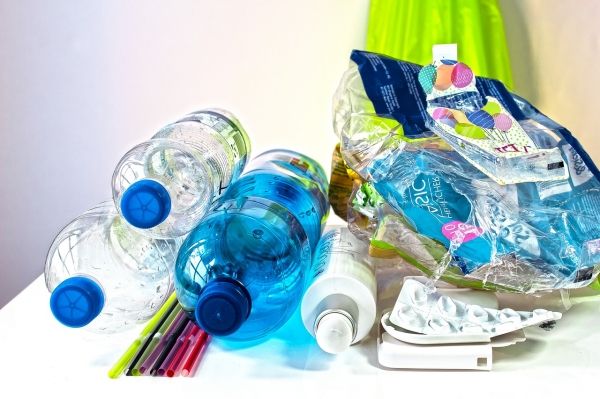Scientists at the Columbia Center for Children’s Environmental Health (CCCEH) have uncovered a link between prenatal exposure to phthalates—a ubiquitous group of plasticizers and odor-enhancing chemicals—and deficits in motor function in girls. Phthalates are widely used in consumer products from plastic toys to household building materials to shampoos and are thought to disrupt endocrine function, and possibly interfere with brain development in utero.
Results of a longitudinal study of 209 New York City women and their offspring are published in the journal Environment International.
The researchers measured seven phthalate metabolites in maternal spot urine obtained during the third trimester of pregnancy. Motor function was evaluated at age 11. After adjusting for potential confounders, they saw a decrease in fine-motor functions among girls, not boys, following exposure to high levels of specific metabolites. Accounting for mixtures of phthalates and motor functions, the analysis pointed to three phthalates most linked to the deficits: mono-butyl phthalate (MBP), mono-benzyl phthalate (MBzP), and mono-isobutyl phthalate (MiBP)—none of which are metabolites of Di-2-ethylhexyl phthalates (DEHP), the most common category of phthalates.
“There a growing awareness of the problem of plastics, which are destructive to animal life and ecosystems,” says senior author Pam Factor-Litvak, PhD, professor in the Department of Epidemiology. “In this study, we have found new evidence that phthalates—chemicals commonly used in cosmetics and plastics—are harmful to children’s health. Girls with deficits in fine motor skills may have difficulty with their schoolwork, particularly related to problems writing and using electronic devices. They may also have problems with hand-eye coordination.”
Read more at Columbia University's Mailman School of Public Health
Photo Credit: stux via Pixabay


